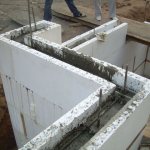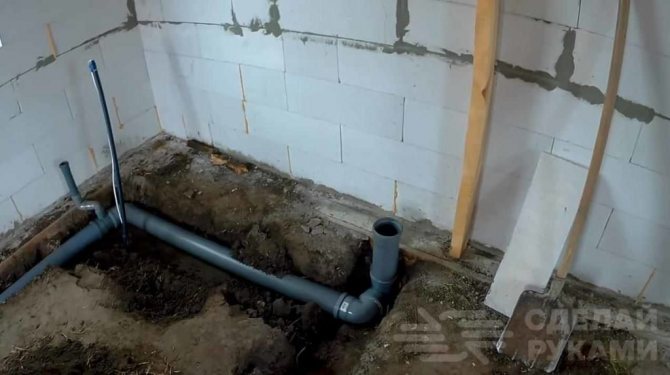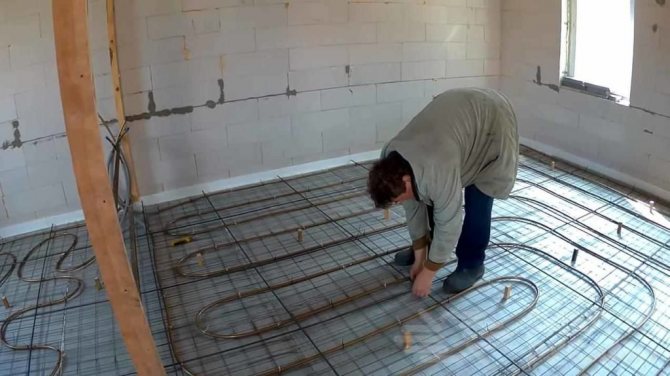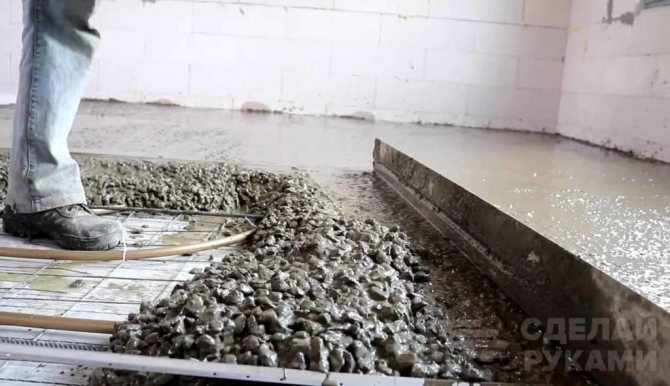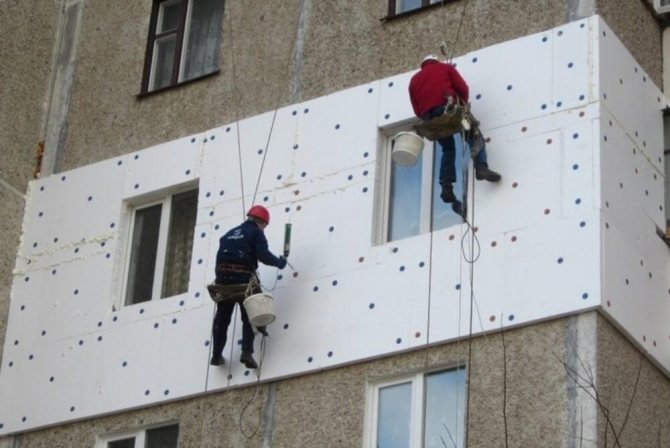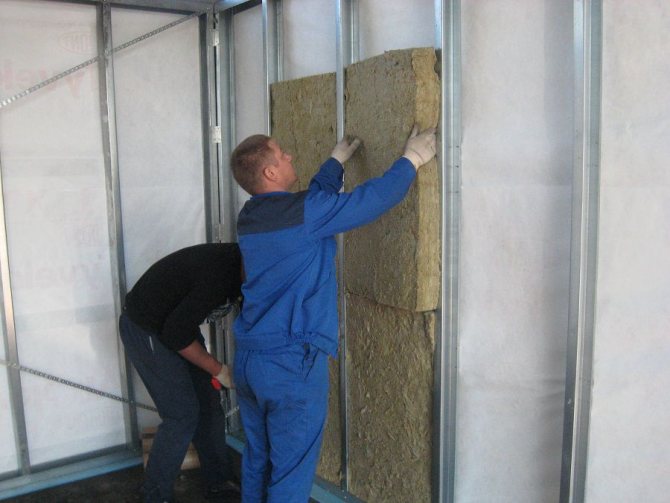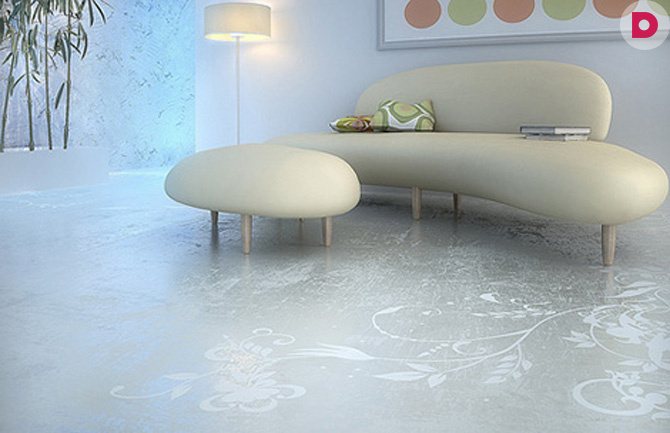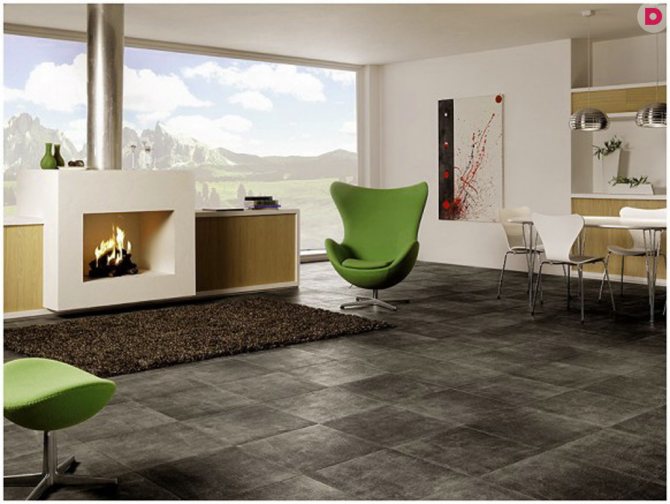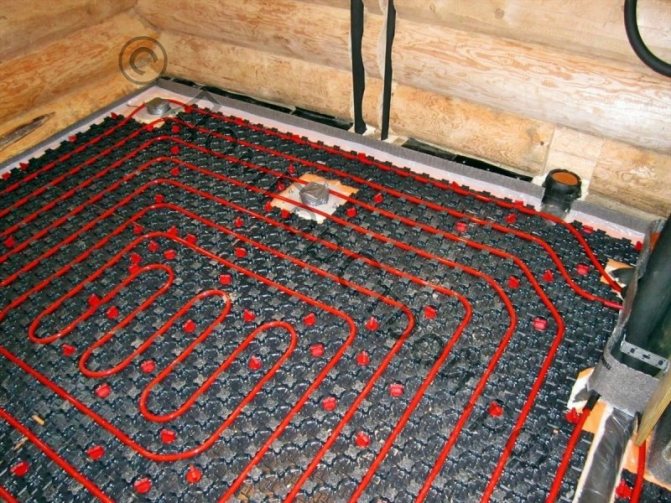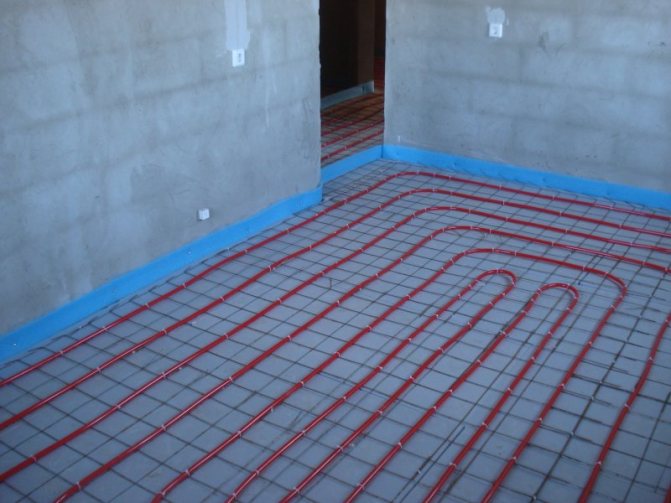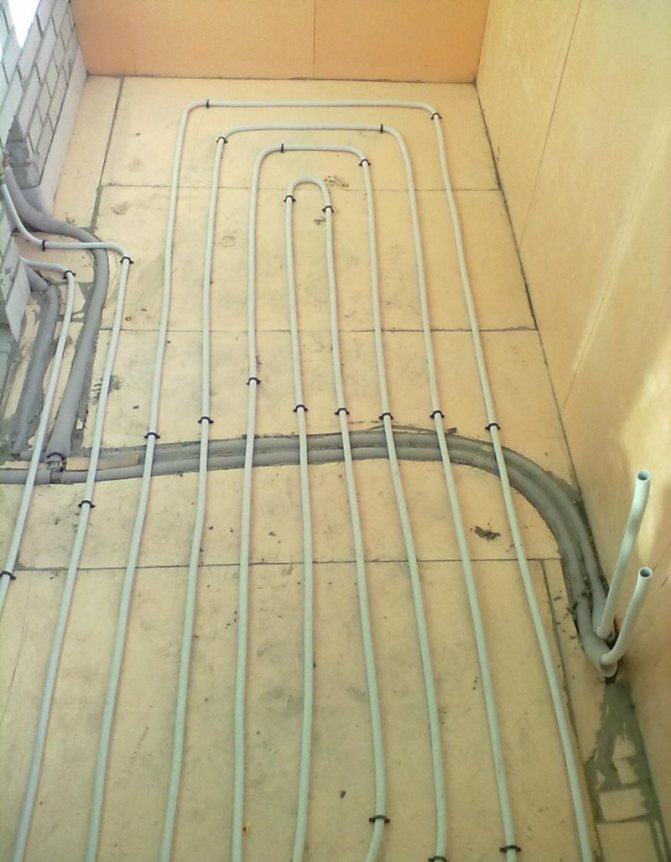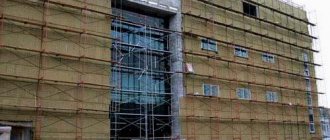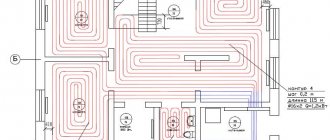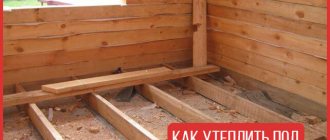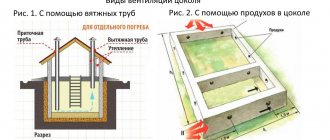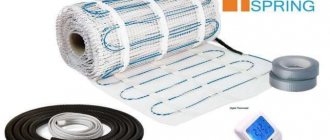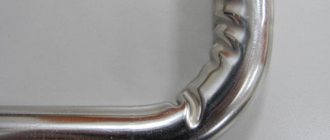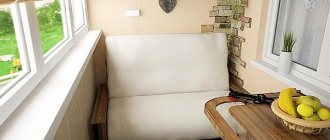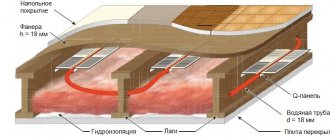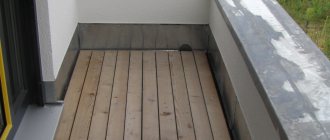What you need to know when choosing a project for the construction of a warm house?
The simpler the geometry of the building, the more efficiently it can be insulated with less money and time. Therefore, all masters who are thinking about how to build a warm house, including on their own, should think about choosing the right project. This will allow:
- significantly save money on heating in winter,
- ensure that the required amount of solar heat gets in,
- to maintain the optimal temperature in the room in the summer,
- choose the most effective type of insulation,
- to install alternative sources of energy and heat.
It should be noted that the roof can be made both gable and flat. Complex shapes, towers are best avoided. Their design is inseparably associated with the appearance of gaps over time. And this will affect the level of heat in the room. When choosing a material, you need to pay attention to the fact that the modern market offers many different products. The roof is soft, made of corrugated board, metal. High quality of the product, properly executed thermal insulation will significantly reduce heat losses.
Before building a warm house, you need to pay attention to the characteristics of the wall material, its ability to pass moisture, maintain a certain temperature, and resistance to environmental influences.
Features of the foundation device when building a house
Another part of the heat is constantly lost through the floor and foundation. Due to prolonged exposure to low temperatures in winter, the base is constantly damaged. Soon, this leads to visible defects, destruction. Warming can be a solution - the use of extruded polystyrene foam, special substrates. But the most effective is a warm foundation for the house. Its peculiarity is its unusual design and shallow depth.
What is the best way to build a house. Materials for construction - see here
A special soil cushion is installed that is not subject to swelling. For this, gravel, coarse sand is suitable, crushed stone is also possible, mixtures are used. Even severe frost will not affect their volume, and, accordingly, the structure of the base. A drainage system is required to ensure timely drainage of groundwater. It is noteworthy that not only vertical, but also horizontal thermal insulation is performed, which protects the structure from frost penetration. She goes deep into the dirt cushion. Above it, sand preparation is performed, a blind area. The walls of the house are covered with decorative trim.
The basement slab inside the room is insulated, vapor barrier is performed. Then the finishing coat is arranged. This technology is called "Swedish plate", but is better known as a warm foundation for a house and is more often used in suburban construction.
How to choose a heater
There are a few things to know before purchasing a heater.
First you need to decide what you need it for. Based on this, it is worth choosing how powerful a heater is required. Find out the area of the room (room). An ordinary apartment with ceilings of 2.75 - 2.8 m needs a heater with a capacity of at least 1 kW for every 10 sq. m.
A big plus will be the presence of a temperature and power regulator in the heater. There are several types of heaters:
15.1 Oil heater
How does he work:
Inside such a heater there are 2 or 3 heating elements, which are used to heat mineral oil.This oil has a rather high boiling point and when it heats up, heat is transferred over the entire metal surface of the apparatus.
With the help of such a heater, the air heats up quite quickly, besides, the oil heater does not dry out the air. It can be equipped with a thermostat that switches off the heater when the temperature reaches a set level.
15.2 Convector
How does he work:
Cold air is passed through the heating element and heats up, and then exits through the grates located in the upper part of the device. An additional source of heat is the convector body, which also heats up. But the heater should be placed away from the furniture, because a warm case may ruin it.
Convectors can be fixed to the wall or placed on special legs. The device is quite safe, because its heating element is hidden inside the case. If the convector has a thermostat, it can work continuously.
The only negative is that the heater heats up the room slowly. It should be used to maintain the correct temperature.
15.3 Fan heater
How does he work:
There is a thin spiral inside this heater, which gets very hot. The heat generated by the heating of the coil is distributed throughout the room by a fan.
The air in the room heats up quite quickly, besides, the device itself is easy to carry, because it's pretty lightweight. Typically a thermal fan is used in offices.
But it should be noted that the device dries up the air, which in turn is harmful to health. It is undesirable to use a heat fan where there is an asthmatic. Another disadvantage of such a device is the constant noise during its operation.
15.4 Infrared heater (quartz radiator)
How does he work:
This device, unlike others, heats objects around it, not the air. Further, the room is heated thanks to the heat emanating from the heated floors, walls and furniture. This saves electricity as the device itself may not work, but the room is still warm.
If in the first place - savings, then it is worth choosing just such a heater. But it is worth knowing that infrared quartz emitters are the most expensive and you need a specialist to install them.
The choice of material for the construction of walls
For the construction of walls in the house, brick, wood, various blocks are usually used. They all have different thermal conductivity and properties. But, one way or another, they require subsequent insulation.
Therefore, new building materials are constantly appearing, including expanded polystyrene and polystyrene concrete blocks. Building houses with their use allows you to create a really warm house, the construction technology of which is becoming more and more popular. After all, it allows you to reduce heat loss to a minimum. At the same time, construction is proceeding much faster. Since the blocks are distinguished by the correct geometry, ease of installation.
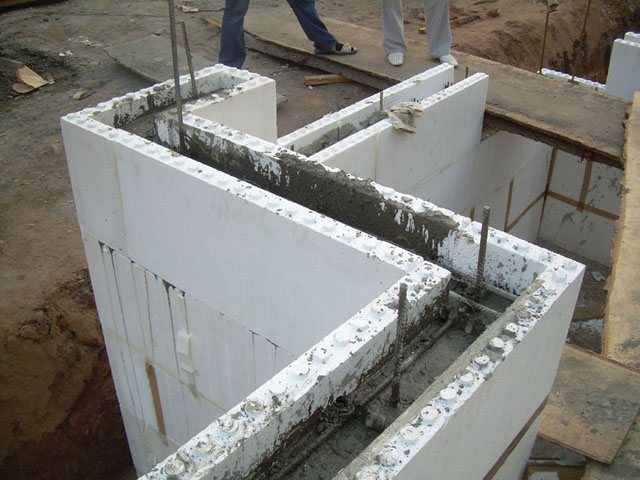
When choosing polystyrene foam blocks, it is necessary to complete the foundation. After it dries, waterproofing and the first row are laid. A horizontal and vertical reinforcing cage is also arranged. This ensures the required strength and durability. After the first, the subsequent rows are also filled, filled with concrete. In this case, it is necessary to maintain a certain interval, laying out 5-6 rows per day. Upon completion of the work, the stage of finishing work begins.
Insulation of the facade of the house - read here
Popular materials for the construction of warm houses
There are other options for how to build a warm house, the technology, involving the choice of polystyrene concrete, allows this. In this case, the base is also arranged, the laying of blocks begins.The material is also available in the form of slabs. They are suitable for insulating facades, roofs, partitions. After the installation of the walls, finishing is carried out. The use of such blocks not only improves thermal insulation, but also increases the level of safety.
After all, the main components are practically not subject to combustion, high humidity, and mold formation. Also a warm house, construction technology allows you to reduce the weight of the building itself. And this significantly reduces the load on the base, extends its service life.
Of course, the use of other materials is also possible. There are construction methods using concrete slabs, composite panels. They also have attractive characteristics. We must not forget about natural wood - glued, profiled timber. Such residential buildings, subject to the technological process during the device, retain heat well and are environmentally friendly.
Thermal insulation of the house - read here
Quite often, a frame warm house is also used, the construction technology of which does not require a deep and powerful foundation. Even a columnar foundation is suitable. Accordingly, the costs are much lower.
Insulation of wooden walls
The most common way to insulate walls is with mineral wool.
A crate (either metal or made of wooden beams) is mounted on the pre-processed walls with a step of 50 cm. A film of waterproofing material is attached to the walls with a stapler.
The space inside the crate is filled with insulation, and this must be done so that there is no empty space. The next stage is vapor barrier, it is also fixed with a stapler, and then the inner wall cladding of your choice: drywall, wood-based panels or something else.
Thermal insulation of wooden walls using a "warm seam"
It is performed by the method of manual caulking with the use of standard mezhventsovy heaters (linen rope, tape tow) or using various mezhventsovy sealants, using an assembly gun.
The use of liquid insulation
Liquid heaters fill the space of the lathing. After quick drying, the excess insulation is cut off and covered with panels or drywall.
Installation of a warm roof
As you know, warm air masses in a room always rise. Therefore, it is required to insulate not only the foundation, walls, but also roofs. Especially if the attic space is residential or used for other purposes. In winter, the necessary warmth will be better retained, and in summer it will be cool.
The whole process is not very difficult if you know how to make a warm roof of a house correctly. The construction itself will consist of many layers. Hydro-wind insulation is laid even during the installation of the roof. It is necessary to protect the insulation from condensation. Since temperature changes, exposure to sunlight cannot be avoided. For this, special polypropylene films are used, vapor-permeable, with special coatings.
Next comes thermal insulation. Usually glass wool or expanded polystyrene boards with the best characteristics are chosen. The next layer is a vapor barrier, which is necessary to protect the insulation. Since moisture, getting on such a material, neutralizes its beneficial properties. All this should be taken into account, before making a warm roof of the house, take care of the quality of the materials used.
Home insulation with mineral wool - see here
Frame houses, their features
The frame construction of cottages is quite popular today, as it requires relatively little financial costs and time. In terms of the quality of the structure, they practically do not differ from traditional ones. However, you need to know how to warm a frame house. Indeed, with improper insulation, it will be quite cold and uncomfortable for life.
The main thing is the use of quality materials and strict adherence to the project and technological process. To begin with, a wooden frame is arranged. Panels, lathing, external, internal decoration will be sewn onto it. All materials must meet strict requirements and have thermal insulation qualities.
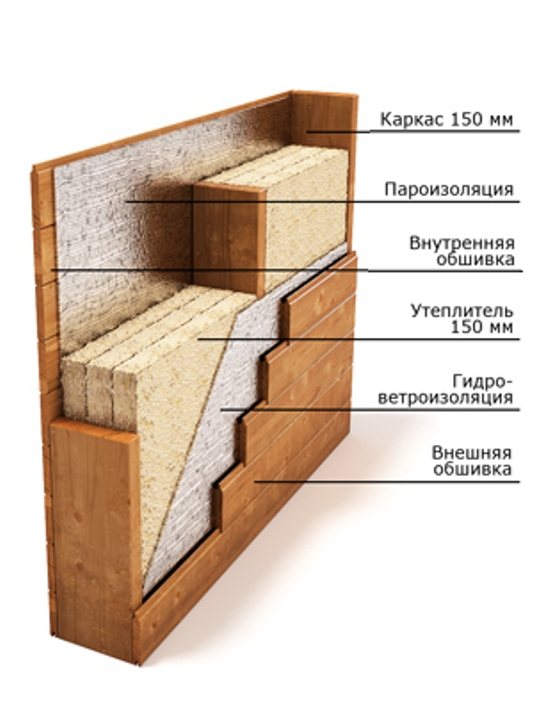

The walls of such a house, floor, roof must be insulated. A film is used to protect against wind and moisture. Insulation is laid inside the walls, for example, polystyrene. It is possible to use additional insulating materials. Therefore, before making a warm frame house, it is better to consult with experienced specialists.
Basalt insulation for a frame house - see here
Quite often the question arises, are frame houses warm? Everything will depend solely on the craftsmen, the quality of their work, the technologies and building materials used. The construction of buildings using Canadian and Finnish technology is also popular. Only professionals should be trusted to carry out such processes. Any deviations, the slightest inaccuracies - and the house will be very cold. Therefore, experts-builders and clients who have used their services can tell whether the frame houses are warm.
Floor insulation in a frame cottage
Blowing is the main enemy of frame houses. Small gaps lead to severe heat loss. Accordingly, special attention must be paid to the flooring device. The method of insulation will depend on the type of foundation, the quality of the soil, and its moisture content. In order for the warm floor in a frame house to perform its functions with a strip foundation, it is possible to lay the lower layer of expanded clay for insulation. In this case, there must be airflows.
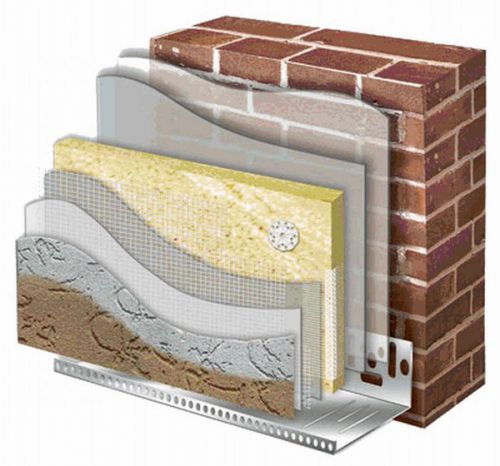

But more often a wooden floor is arranged, the basis of which is logs. Then, between them, insulation is covered, sewn up with plywood. After that, a finishing decorative coating is performed. Sometimes, in order to have a really warm floor in a frame house, you need to install special insulating films. They protect the coating from moisture and cold penetration. The optimal choice of building materials will depend on the design features of the building. Therefore, the advice of experienced experts will never be superfluous.
Waterproofing and thermal insulation of the building
It should be noted that even before the walls are built, it is necessary to waterproof the floor and insulate it. For this, the floor, almost to the very upper level of the basement, is covered with earth or clay. A waterproofing film should be placed on its surface to repel groundwater. A rough screed is poured over the film, and a dense insulation is placed on it (the screed, depending on the technology, is optional). If a wooden floor is planned in the house, then the insulation is placed between the beams, and from above it is closed with a board, the depth of which will be no less than 40 mm. Also, in order to build a warm house with your own hands, you need to use a mezhventsovy heater - jute or linen ribbon, moss, tow.

